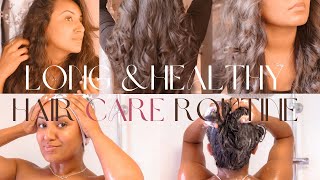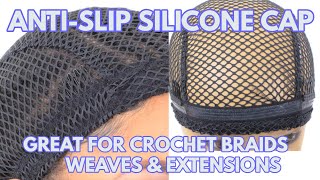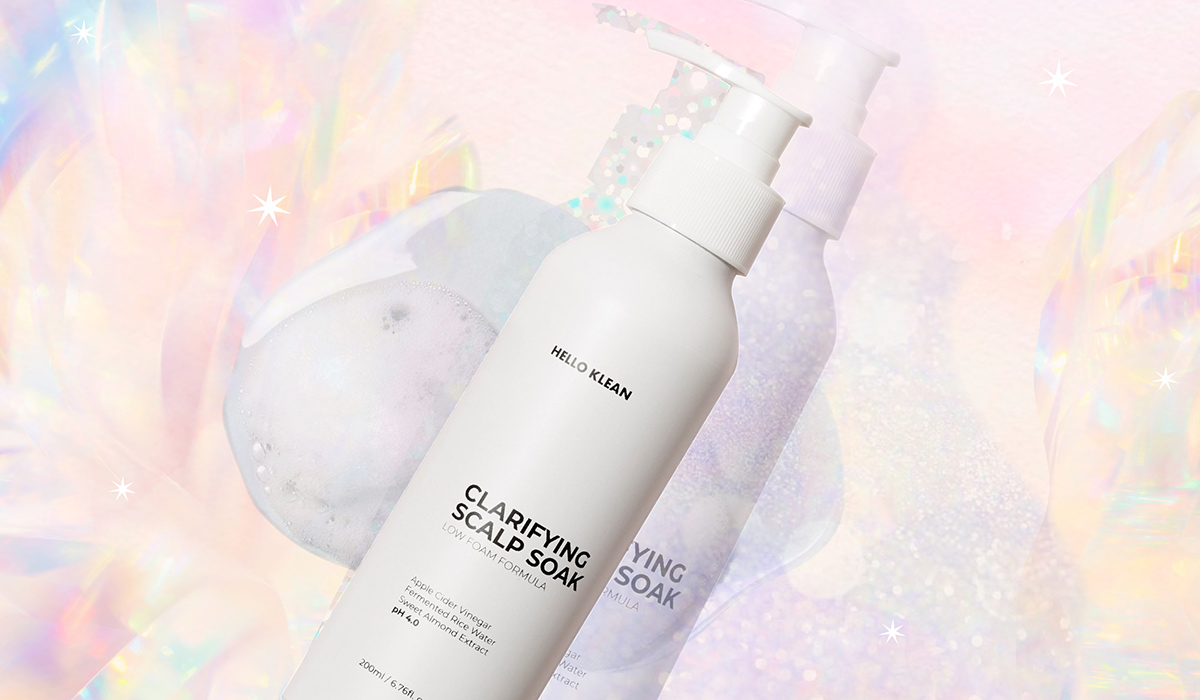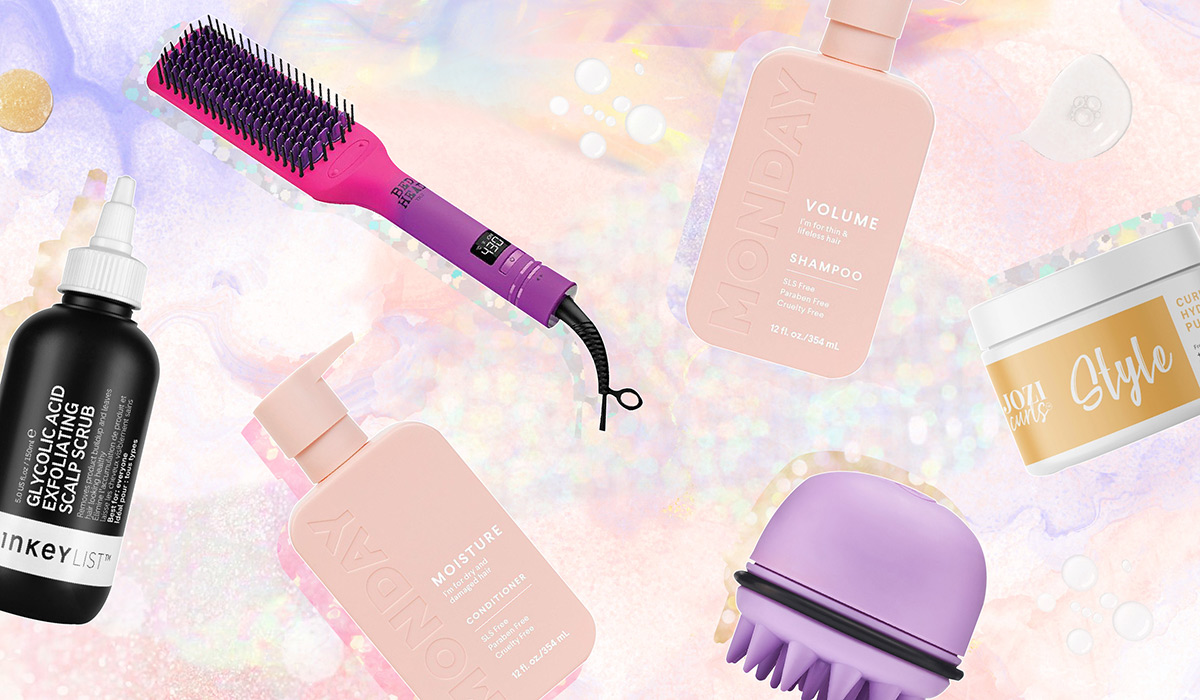6 Things You Need To Do When Your Ends Are Dry And Crispy
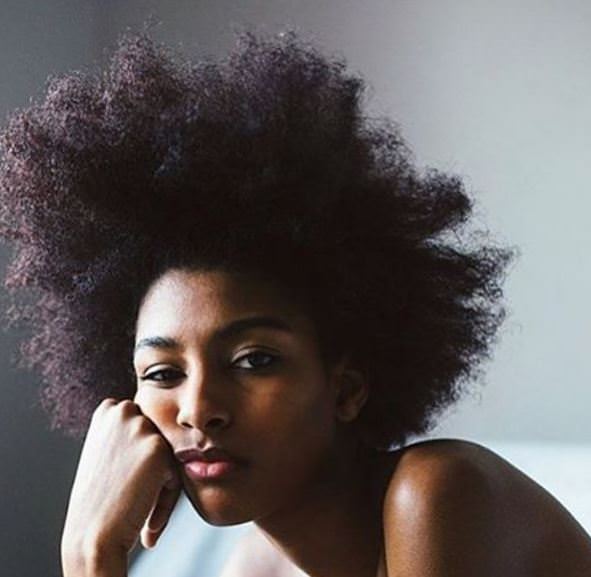
“My ends are so dry!” This can be so frustrating when you just put in your leave-in moisturizer, dabbed your ends with oil, and finished off with your favorite butter – just to find out that your hair is dry right when you get into work.
I used to be so confused on why my hair would not retain moisture during the day, especially my ends, and then I did some re-evaluating. If you have this issue, here are some things you should consider:
Learn Your Hair
Understanding your hair is an important part of being on a healthy hair journey. There are many ways you can learn what kind of hair you have in order to care for your hair properly. You need to know:
Type: the amount of wave/curl in hair
Texture: the thickness/width of individual strands
Density: the number of individual strands on your scalp
Porosity: how your hair strands retain moisture
Moisture and Protein Balance: the balance of the strength and the retained moisture in hair
Hair Archetype: building a hair care regimen based on current hair routine (Based on The 5 Hair Archetypes: Your Guides To Growing Long Hair, written by Sharifa Barnett)
Once you understand your hair, you will able to troubleshoot your hair issues and will be able to find ways to effectively care for your hair and keep your ends healthy.
Reevaluate your products and regimen
It is important to know that all hair, curls, and texture are not alike, which is the same for products. We can all say that the LOC method is the best way to keep your hair moisturized and healthy; however, not every product and regimen is great for every style.
Do you like to switch your styles up on a weekly basis or do you like to leave your hair alone for a long-term duration? Does your hair react well to protein? Does your hair feel weighed down after doing the LOC method? How quickly do you obtain product buildup?
When you learn your hair and find out what you actually want and need for your hair, then you will be able to determine what products to use and a regimen to follow that would be best for you and to keep those ends moisturized.
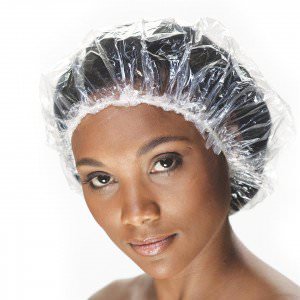 Pre-Poo and detangle
Pre-Poo and detangle
If you go straight to the shower to wash your hair and your ends are just fine, then continue on with your current washing regimen. If you need more help with your wash day, consider pre-pooing and detangling.
Pre-poo means pre-shampoo. This treatment helps to detangle and condition your hair before beginning your washing regimen. For those who have trouble with detangling and have dry ends, there are lots of benefits of pre-pooing – reduces breakage, restores moisture, and makes the ends softer. To do a pre-poo treatment:
- While dry, separate your hair into 4 sections. Apply your conditioner or oil to each section as you detangle.
- Loosely clip each section and cover your hair with a plastic cap for 30 minutes to allow your hair to condition.
- Rinse your hair and begin your regular wash regimen.
Deep Condition
When you deep condition your hair, the moisture is flooded back into your hair strands to keep your hair moisturized and very supple for healthy hair.
Usually, heat is needed for a deep conditioner*, especially if you have low porosity hair to open and penetrate the hair cuticles for lasting-moisturized results. Make sure to concentrate on the ends, as they are the oldest parts of your hair. Your hair will improve in hair elasticity, will feel much softer, will prevent breakage, and will be easier to manage.
Protective Styling
Do you tend to wear your hair out a lot during the week? Do you allow your hair to rub against your collar or your trendy scarf? This could cause your ends to become very dry and to experience breakage! The ends of your hair are the most fragile and oldest parts of your hair. Protective styling will help retain your length and will allow your ends to be protected. You can keep your style either short-term (5-10 days) or long-term (4-8 weeks).
Choose styles that do not require too much manipulation nor combing in order to maintain the style’s duration. Ultimately, your goal is to do a style that will reduce damage to your ends. Although you love wearing your hair out, you may find a huge difference in the health of your ends.
Trim
When all else fails to revive your ends, trimming could be the answer. You can tell if you need a trim by just looking at your ends. Are they too frizzy, do they have single strand knots, and/or split ends? Do your ends lack curl definition (heat damage), and is your hair is very unmanageable?
If you do notice any damage to the ends of your hair, it may be best to trim your ends. After your trim you will notice that your hair has renewed life, you will not be disappointed.

